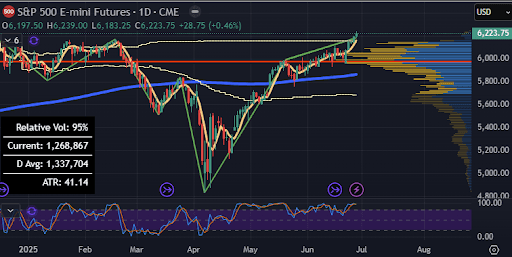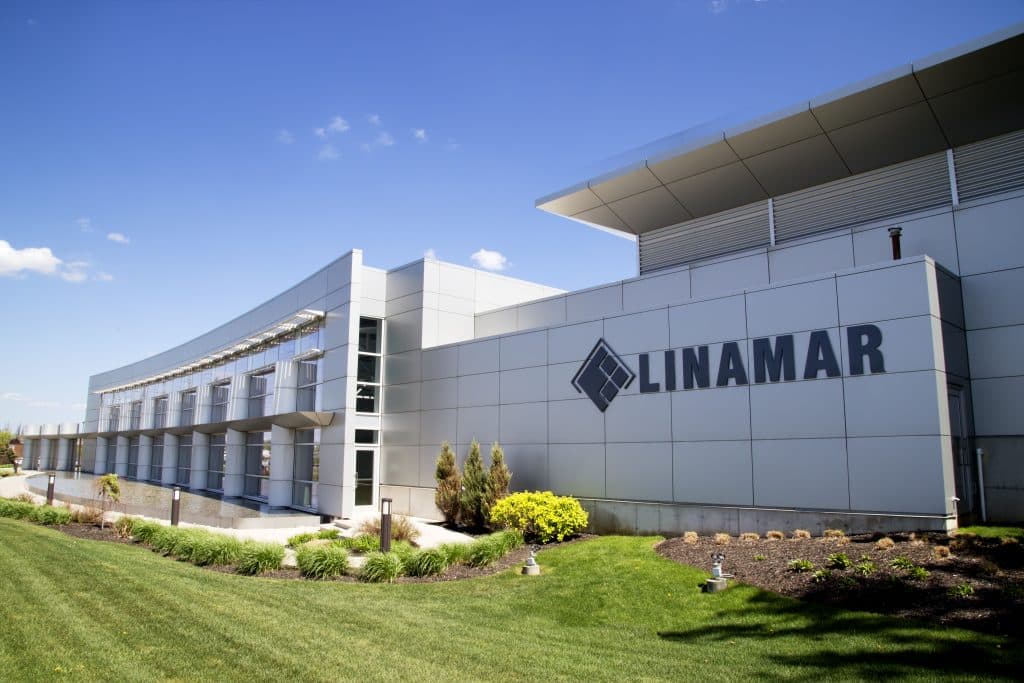India and Israel Forge High Tech Alliance, Aim for Strategic Power
An opinion in The Jerusalem Post argues that a deepening India and Israel partnership could accelerate advances in artificial intelligence, quantum technology, and cyber defense, altering the balance of technological power by 2035. The unfolding relationship matters because it combines India’s market scale and manufacturing capacity with Israel’s research intensity and defense know how, with implications for trade, security, and global governance.
Listen to Article
Click play to generate audio

Leaders from New Delhi and Jerusalem have moved beyond ceremonial diplomacy toward a technology centered partnership that observers say could reshape both regional dynamics and global innovation ecosystems. An opinion in The Jerusalem Post by Louis Libin and Michael J. Salamon frames the relationship as a strategic alliance that leverages India’s scale and Israel’s innovation to push rapid development in artificial intelligence, quantum technologies and cyber defense, potentially affecting geopolitical alignments by 2035.
The partnership took a prominent public turn when Israel’s President Isaac Herzog met India’s Prime Minister Narendra Modi at the World Climate Action Summit in Dubai in 2023. That meeting, among other high level contacts, has been followed by expanding trade links, joint research initiatives and growing defense cooperation. Analysts see a pragmatic logic: India offers a vast market, expanding digital infrastructure and manufactur ing capacity, while Israel brings dense clusters of start ups, advanced defense firms and a well funded venture ecosystem.
The likely areas of collaboration are clear. Artificial intelligence research and deployment can benefit from India’s data scale and talent pool, combined with Israeli algorithms and security expertise. Quantum computing and sensing research could accelerate if joint investments concentrate on both hardware and application development. Cyber defense cooperation would draw on Israel’s operational experience and India’s growing cybersecurity industry to safeguard critical infrastructure and commercial networks.
The authors argue these combined capabilities would not only deliver commercial technologies, but also confer strategic leverage. Nations that can pair deep technological development with robust industrial capacity are better positioned to set standards, control supply chains and influence international norms. By 2035, such a partnership could produce exportable defense systems, dominant AI enabled platforms and critical quantum components with significant geopolitical weight.
The rise of this axis raises practical and ethical questions. Close technology ties will test export control regimes, intellectual property frameworks and international obligations on dual use research. There are governance challenges around data privacy, surveillance risks and the militarization of emerging technologies. Democracies allied to both countries will need coherent policies to prevent proliferation of destabilizing capabilities while encouraging responsible innovation.
The economic stakes are substantial. Strengthened India and Israel commerce could create new markets for semiconductors, secure communications and autonomous systems, attracting investment and talent flows. Yet companies and governments will face pressure from other powers that view any shift in technological advantage as a strategic threat.
Policy makers in New Delhi and Jerusalem will have to balance ambition with caution, building institutional mechanisms for joint research, trusted supply chains and shared ethical frameworks. If managed well, the collaboration could spur legitimate economic growth and defensive resilience. If mismanaged, it risks exacerbating geopolitical friction and enabling technologies that outpace governance. The unfolding partnership is therefore not only a bilateral matter, it is a test case for how middle powers can combine to shape the technological order of the coming decade.


